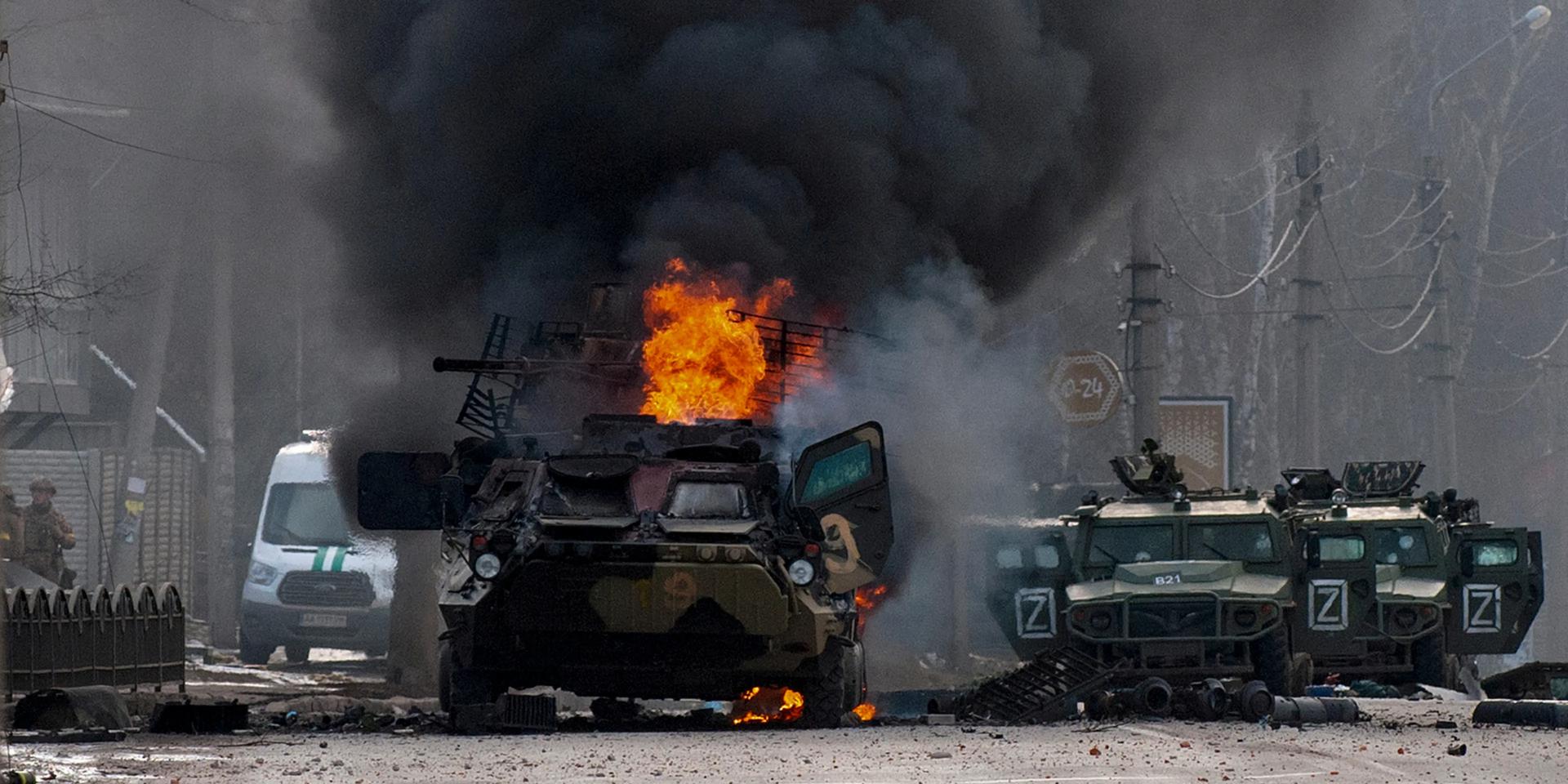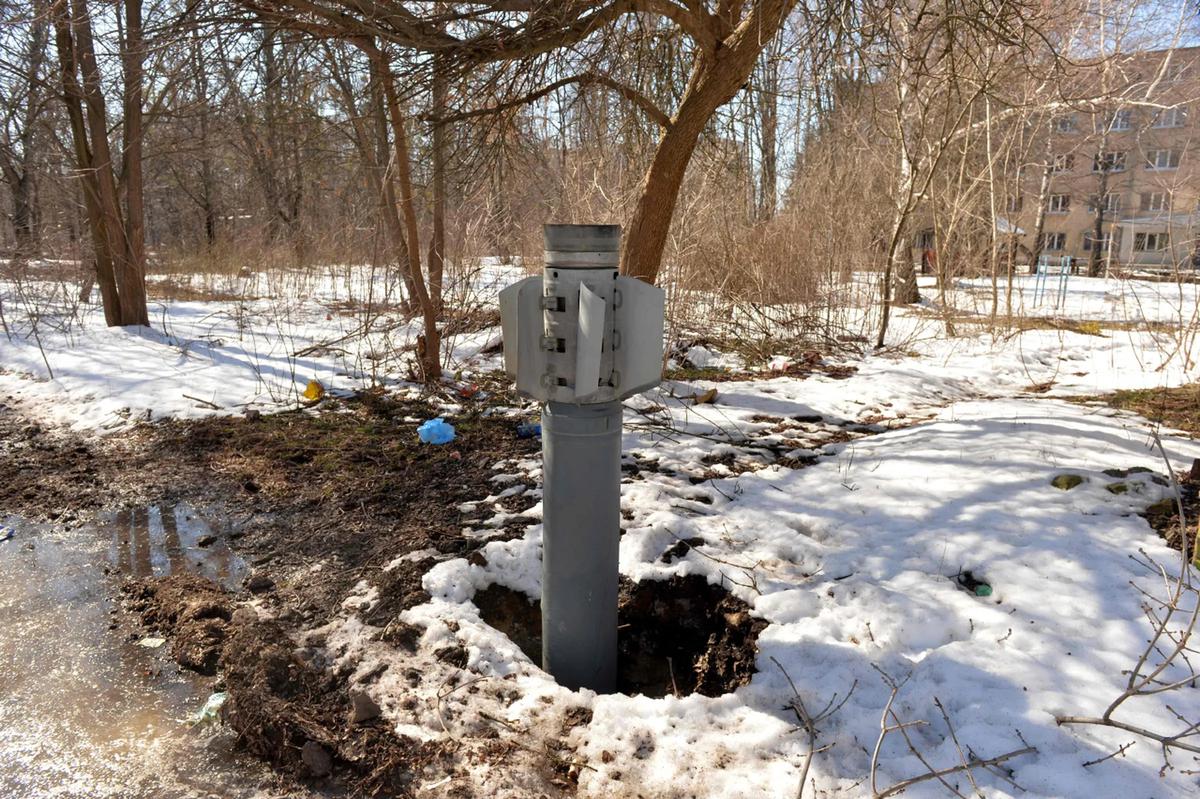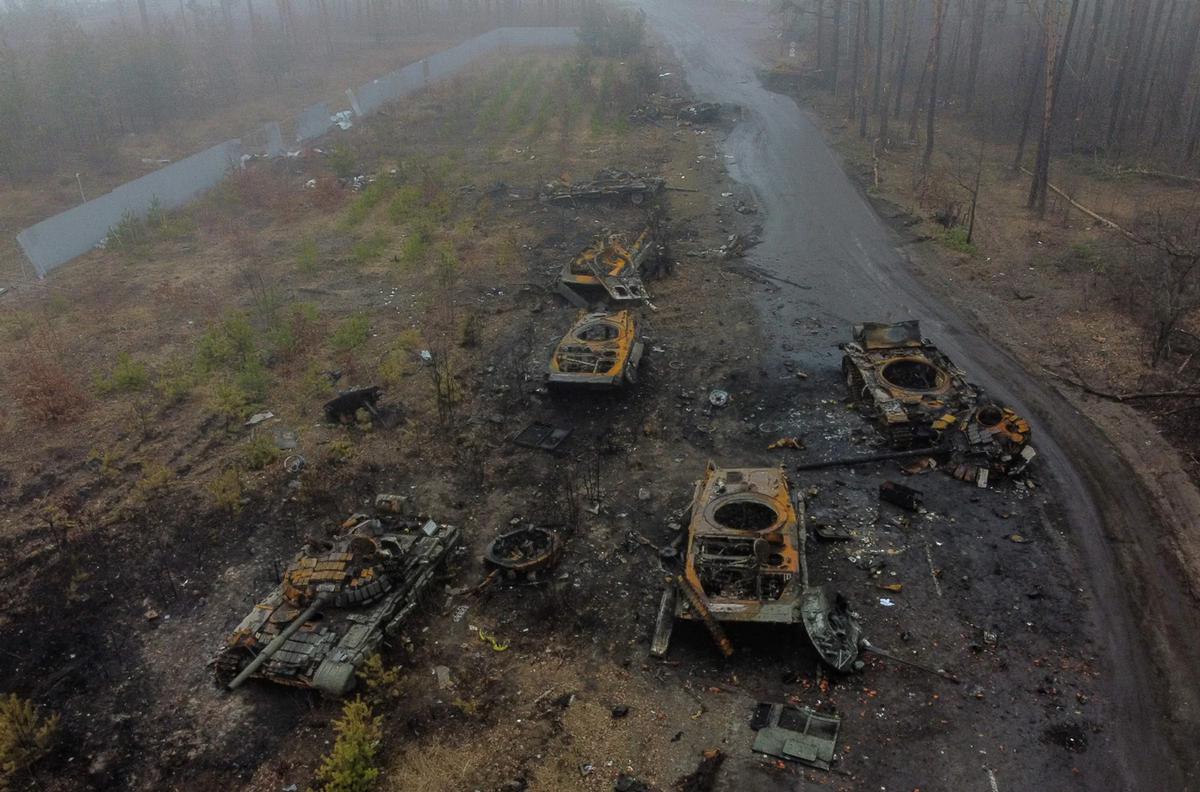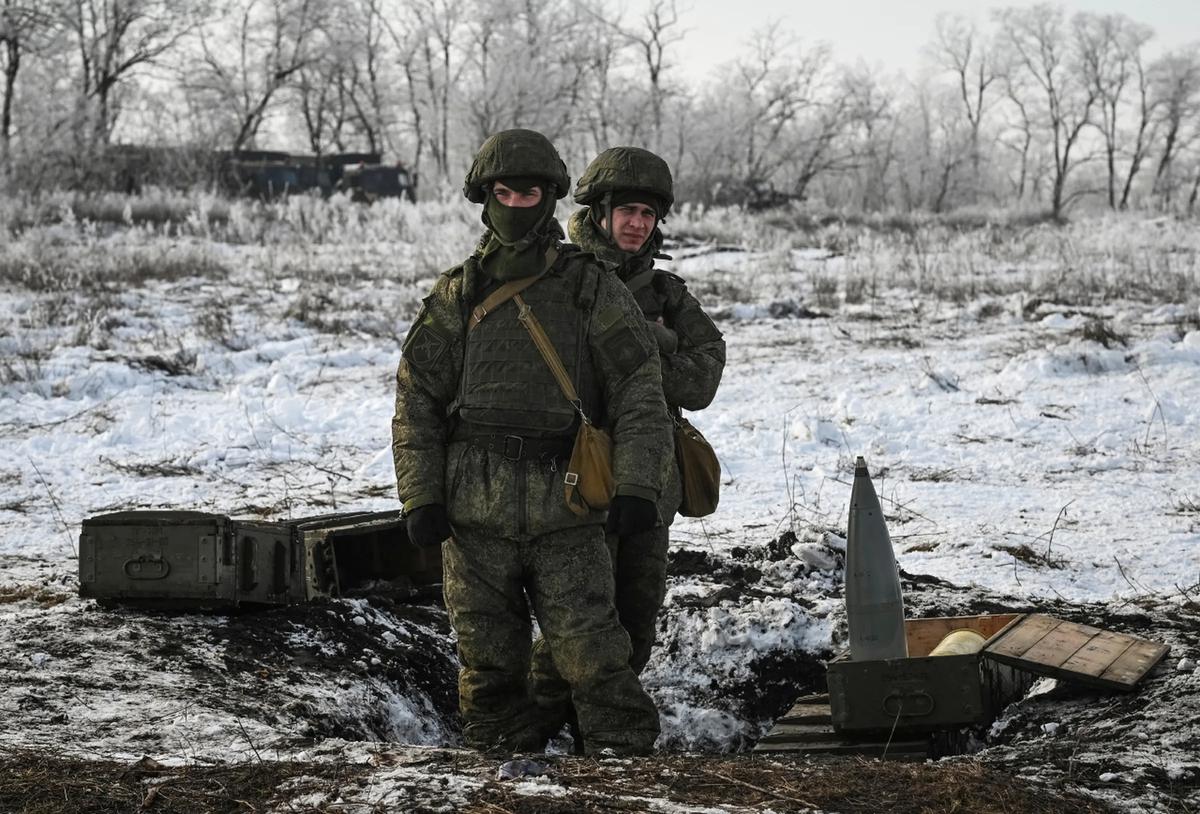What Weaknesses has the Russian Army Shown in Ukraine?
Conflict Intelligence Team analysts answer

The Russian army is the second most powerful in the world, according to Military Strength Ranking, but the blitzkrieg in Ukraine has failed. Ukraine claims that its armed forces have shattered the myth that the Russian army is invincible. Conflict Intelligence Team analysts Ruslan Leviev, Kirill Mikhailov, and another who wished to remain anonymous told iStories about the main problems of the Russian army that became apparent in the first months of the invasion.
Shortage of manpower
After a month and a half of the war, we learned about the total shortage of personnel. The army has to try every trick in the book to form battalion tactical groups, which should be, say, 600 people, but in fact, there are 400. The options they are left with are either to send conscripts into battle or recruit people with completely non-combat specialism. It goes so far that the orchestra conductor, so to speak, becomes deputy chief of staff or deputy company commander, because he has the corresponding position in grade [in the tariff schedule, according to which remuneration is calculated. - Ed.]
The reasons are to be found in the past peacetime. The fact is that historically our Soviet army has always been preparing for a major war (with NATO for instance) that would involve mobilization. It changed with the reforms carried out by Anatoly Serdyukov [Russian Minister of Defense in 2007-2012. - Ed. note] aimed at transforming a large army that is preparing for a war with NATO into a more compact and professional one, suitable for local conflicts, like the war with Georgia [in 2008, Russia seized Abkhazia and South Ossetia from Georgia. - Ed.]
For this purpose, the number of contract servicemen was increased: for example, the Airborne Forces were mostly converted to contract service. But in 2012 Serdyukov was fired, and in 2014 there was no money to pay large salaries to contract servicemen, and the reform turned out to be half-hearted. As a result, many units and formations, such as motorized rifle units, are staffed to a greater extent by conscripts, who are less combat-ready and worse trained than contract servicemen
Сonscripts filled those military specialties that were considered not worth filling by contract servicemen for various reasons (financial ones, for example). A typical civilian gas-tank truck driver can earn 50,000 rubles or more. But the army does not want to pay him that much, because there are many trucks – that would lead to great expenses. Therefore, it is better to take a conscript and put him behind the wheel of a gas-tank truck, there is no need to pay him much. The situation with shooters is similar – they, just like drivers, can be trained in a few months. In very many units, all or almost all of the positions of shooters are simply filled by conscripts for the sake of cutting costs.
The expectation was that if someone needed to be sent to Syria or Donbas, the selected units fully staffed by contract soldiers would be sent there, because in a small conflict that can always be done. In such small conflicts, the Russian army showed good results, but in this war the situation is different: the army was not preparing for war, although on paper new divisions were created. In reality, there were not so many contract servicemen to fill all these vacancies in the new divisions being created on the border with Ukraine. And as a result, it turned out that a group that was sent to military exercises was half-filled with conscripts who were poorly trained and poorly motivated.
Putin must have been told that no conscripts crossed the border, but then it became impossible to deny this. The Ministry of Defense officially admitted that there are individual cases of sending conscripts, and recalled them from the front lines, because in the political sense, the loss of conscripts is unpleasant after all. The mechanized formations have lost a great deal in combat effectiveness as a result.
Lack of missiles and poor intelligence
In aviation and air defense, Russia was supposed to have an overwhelming advantage. What happened in Mariupol – the massive use of artillery and aviation – is a typical Russian strategy. And it also generates arguably the majority of war crimes. All this destruction is an element of the Russian military strategy. This was the case in Chechnya and Syria, and the Russian army has not learned to fight differently.
But we expected a much greater effect from massive missile attacks. Yes, they reached certain targets, a significant part of the Ukrainian air defense system was hit, but not all of it. And while the NATO countries carried out very long missile bombardments, when they started such operations, Russia simply can not afford the same tactics because of the number of available missiles. The Russian military still uses a couple of dozen missiles a day at best, seriously hitting one to three targets.

In a month and a half, about 1,500 missiles were used, but for such a large, 40-million-strong country like Ukraine, that is not a lot. The Russian missile strikes and aviation failed at their task of suppressing and destroying Ukrainian air defenses, aviation, and commanders, and they have failed to achieve strategic air supremacy.
The Russian army has significant problems with target reconnaissance. We suspect that the targets are determined by some old data, which was relevant at best before 2014, and at worst was gathered in Soviet time. During the war, we have repeatedly seen reports on social media, backed up by photos and videos, that a powerful missile hit a place where there used to be a military facility, but it is no longer there. It comes to curious incidents – for example when they struck twice at the port of Olvia, which has long ceased to be military and is now used for cargo traffic. As a result, the missiles are wasted.
Poor coordination and communication
Before the war, it was expected that Russia would successfully manage its battalion tactical groups, which would show significant effectiveness. This was the case in 2014-2015. We judged by the events in Ilovaisk and Debaltseve [two instances when the Russian army entered Ukrainian territory and ended up defeating the Ukrainian units - Ed.]. In reality, what we saw was a glaring lack of coordination between different types of troops. One example is Odessa, where the marines went on the ground and were defeated near Bashtanka, while at the same time the paratroopers flew to Odessa for some reason and began to disembark there without waiting for the forces to arrive on the ground. There was no coordination – both units were defeated.
Another example is the campaign of the Kuzbass OMON riot police against Kyiv. We understand that they were simply given an order to advance to Kyiv on a certain day at a certain time and establish a "constitutional order" there. It was expected that the paratroopers would successfully occupy the airfield in Gostomel, another unit would join them and enter the city, and the OMON would follow it there and help in maintaining order. In the end, the landing force did not take control of anything. It was busy convulsively defending Gostomel, without even being able to seize the runway to land anything Russian there. Meanwhile, the OMON set off and was burned on the bridge over the Irpen. Apparently, no one told the riot police that Kyiv had not been cleared, they were just following the order they had been given. Either they were forgotten about, or they could not be contacted. The fact is that they were carrying out the order given to them earlier, even though it had already lost all meaning and became suicidal.
Another problem is the absence of a unified command of the operation. So far, the Russian military districts have acted on their own, without serious coordination. The Eastern Military District advanced on Kyiv, the Central Military District attacked Chernihiv, the Western Military District set upon Sumy and Kharkiv, and the Southern Military District operated in Southern Ukraine and Donbas. Only now, a person has been appointed to be in overall charge of a fairly limited area where the operation is moving: Southern Ukraine and Donbas [on 8 April it was reported that General Aleksandr Dvornikov had been appointed commander of the operation - Ed.].

Low level of military skills
One of the main reasons why we have such poor coordination is the inability to handle communications at the soldier and unit commander levels. They were provided with secure communications equipment, but not all of it is operational, and no one knows how to use it. This was not checked during military exercises – in peacetime, you can always use a cell phone. And it turns out that the headquarters, which is somewhere out there in the rear, does not know where the soldier is and what his circumstances are, whereas the soldier cannot get command as to what to do next.
As for operational-strategic coordination, where communications work well: the army was not prepared for such a war. If there were any exercises, they were staged, like in a theater. We had strategic exercises every four years, but only one of the districts was involved in those strategic exercises. There was no such thing as two districts [learning to fight] against, say, two [other] districts.
«During military maneuvers, there is no goal to really work everything out to the last detail and learn. Instead, it is all about getting a higher rank or a monetary bonus».
There are skills that are important to an army's fighting ability but are difficult to test. For example, how accurately on average fighters shoot. In the Russian – and before that in the Soviet – army, cheating was very common, so that there were excellent reports of the troops' ability to shoot accurately. But in fact, those targets were being hit by snipers who were sitting somewhere else out there. This practice still lives. We talk to soldiers, and they tell us about specific examples of how they organize all this to get a normal result at the inspections. But in reality, no one knows how to do anything.
Institutional corruption is also to blame. Corruption [in the army] manifests itself not only in money but also in all sorts of ranks. That is, military exercises and trips to Syria are all for service stars, and medals because they raise your salary and provide other benefits. During military maneuvers, there is no goal to really work everything out to the last detail and learn. Instead, it is all about getting a higher rank or a monetary bonus.
Low quality of equipment and supplies
Ukrainians say their territorial defenses are better clothed. It depends on the unit. Russia has special forces, which are more or less equipped. There is a problem, for example, with the winter uniform. It is made of material, which burns easily and does not insulate the heat very well, but it is cheap. The uniforms are needed for the army of millions, and we have to economize on something, so they save on equipment, among other things.
As one of the soldiers we know told us, [in such winter uniforms] if a little bit of burning diesel fuel gets on you, the fabric will burst into flames, and you'll burn up like a match in no time. There were many instances when the Russian military took Ukrainian winter boots off the dead or prisoners of war – there are no such boots in Russia.
There is also a problem caused by the military equipment that Western countries have supplied to Ukraine in previous years: body armor, helmets, scopes, bandage packs, etc. For example, no one would attack at night on the front line, because you can not see a damn thing at night. However Ukrainian troops, to some extent equipped with night-vision scopes, can afford to fight in the dark. In Russia, only the special forces have them.
Russian soldiers' first-aid kits are from the 1970s; they contain bandages, painkillers, and that's it. This is because a modern first-aid kit costs a lot of money, and the Soviet first-aid kit is already in stock, there is no need to buy it, the army was not planning to fight anyway. Such a first-aid kit is not useless, but it is much worse than the ones the Ukrainians have. As a result, the killed-to-wounded ratio is about one to three, as in the first Chechen war (by comparison, the U.S. had one to five in Vietnam and one to eight in Iraq). The Ukrainian army has much more time to save the wounded before they die. They have modern hemostatic drugs and dressings, and they have a well-tested procedure for evacuating the wounded: after all, the Ukrainian army has been at war for eight years, one way or another.
Surprisingly, the Russian army found itself in the position that the Ukrainian army occupied in 2014. It turned out that they have nothing ready, military machinery is not going and supply chains are not well-established. Even the food is not supplied in sufficient quantities, some of it is expired.

Low morale
As it turned out, soldiers in the Russian army were not sufficiently motivated. Before February 24, the army thought it was just a training exercise and they were about to go home. In the first days, they realized that the war had started, but they thought that after all, the Russian army was big and powerful, "we will take a quick ride, and the victory will be ours". In reality that was not the case: there were no supplies, no communications, the artillery was tearing things apart, everything was bad.
The problem was that there was no purposeful preparation for the war, and soldiers were not motivated to go to war. They were taken in an organized way every week to watch Russia's Channel One and patriotic films, but no one said that Russia would go to war with Ukraine on February 24. It is only now that Russian propaganda has begun to spread videos of Ukrainians abusing prisoners of war (there are two more or less verified videos) and claims that Ukraine is allegedly striking residential neighborhoods with the Tochka-U missile system. This may be enough to fuel patriotism-driven motivation in some soldiers in this war.
The other motivation – is financial incentives. People join the contract service not only to serve their country but also because 30-40 thousand rubles is a good salary for provincial people without higher education. But we have heard that sometimes the compensation promised by Putin for death or wounding in the course of a "special military operation" is denied. The reason the authorities give for that is that the person killed was in a training exercise and did not take part in any special operation. Besides, thanks to publications of human rights activists some soldiers started to realize that if they refuse to fight in peacetime – martial law was not declared – they will not receive any substantial punishment for it – they will be fired at most. This follows from media publications, and Ukrainians are posting wiretaps [of Russian soldiers' telephone conversations with their families] about this.
Now there are also those in the Russian army who had their comrades-in-arms killed right before their eyes, and they are filled with the desire for revenge. Even though they know the reality – that [in Ukraine] they are considered fascists, that they are not liberators – they still want to take revenge for their fallen comrades. We can see that they already write "For the Boys" on their rockets. Others, on the contrary, understand that everyone is being thrown into the slaughter there, that there is no support and supplies, that "we don't liberate anyone there", and among them, there are refuseniks – those who quit the army. The idea is that eventually only the former should remain in the military forces. The army will be more motivated on average, but it is uncertain how large it would be.